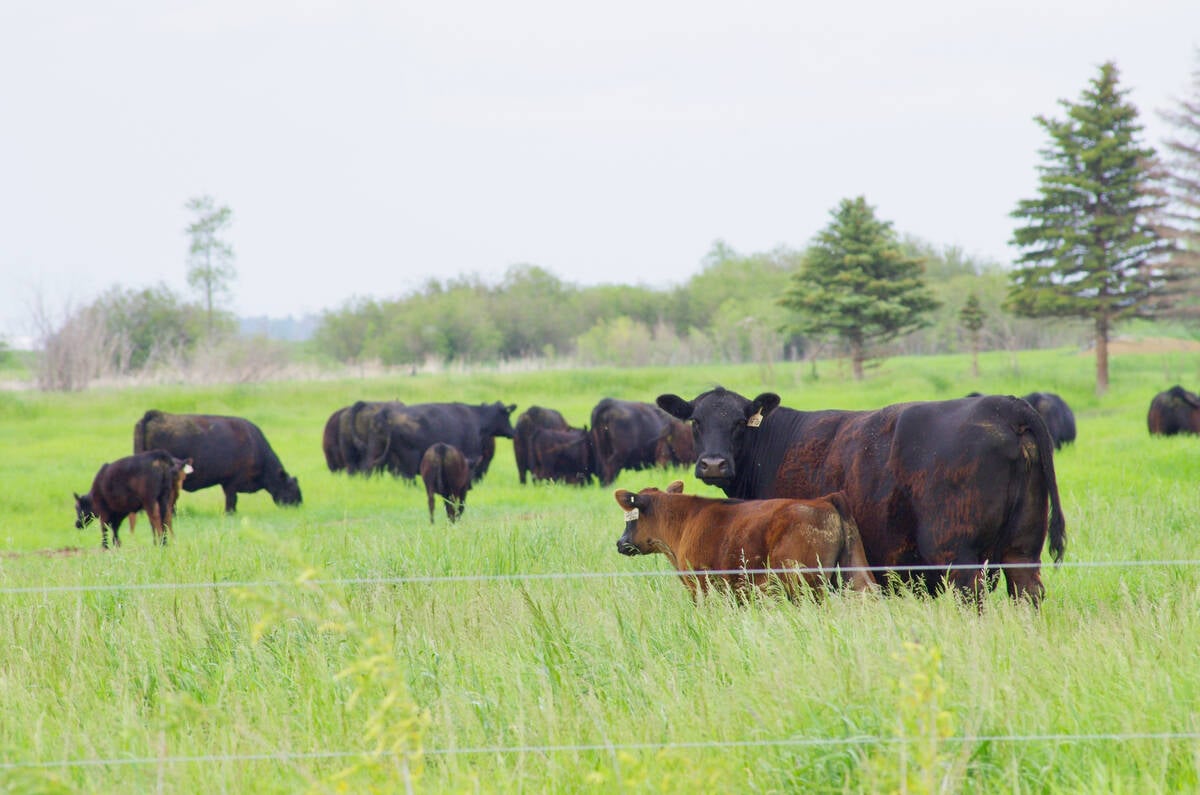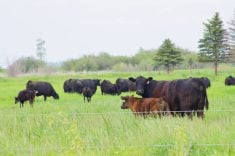RED DEER – Needle-free injectors may be a better way to deliver vaccines to livestock compared to conventional needles.
A recent trial through Alberta Agriculture found the injectors worked well for small pigs but not for large animals like sows, said provincial swine veterinarian Julia Keenliside.
Some producers say the sound of the injector scares pigs and others found it was a picky tool to use.
In this trial piglets received an injection behind the ear. The pig must be held still to deliver medication properly.
Read Also

Tick research from the University of Manitoba focuses on insects and testing
Manitoba researchers are looking into the effects of tick and fly disease in cattle.
“It is a little harder than the needle because the needle stays in the skin. You have to be a little bit better on your technique,” Keenliside told a swine technology workshop in Red Deer Oct. 26.
The study also tried to measure whether there was less pain and tissue damage from these units. The injector uses compressed air to drive medication into the skin over a broader area than a needle that cuts a single hole into the tissue.
Different ages of pigs received medication and iron injections. Dye was also injected with both systems to assess tissue lesions and scars, as well as how it delivers medication.
The pigs were then euthanized to see where the medication went and whether tissue damage occurred.
The team noticed some swelling of the skin where the injector went in and saw some liquid remaining on the surface.
They found the needle drove the medication deeply into the little pigs and left some tissue damage because the needle cuts the muscle and leaves a hole as it goes in, causing pain.
“Make sure you are not using too long a needle on these little pigs because you can get the vaccine to go all the way down to the spine,” Keenliside said.
In market hogs, the needle-free system sent medication into the skin while needles left lesions that can result in hard scar tissue in the muscle and must be cut away at the slaughterhouse.
Sows have thick hides so the injectors were not effective.
Since the injectors send the medication into the skin surface, they probably work well with vaccines, but antibiotics are more of a problem because many need to go into muscle.

















